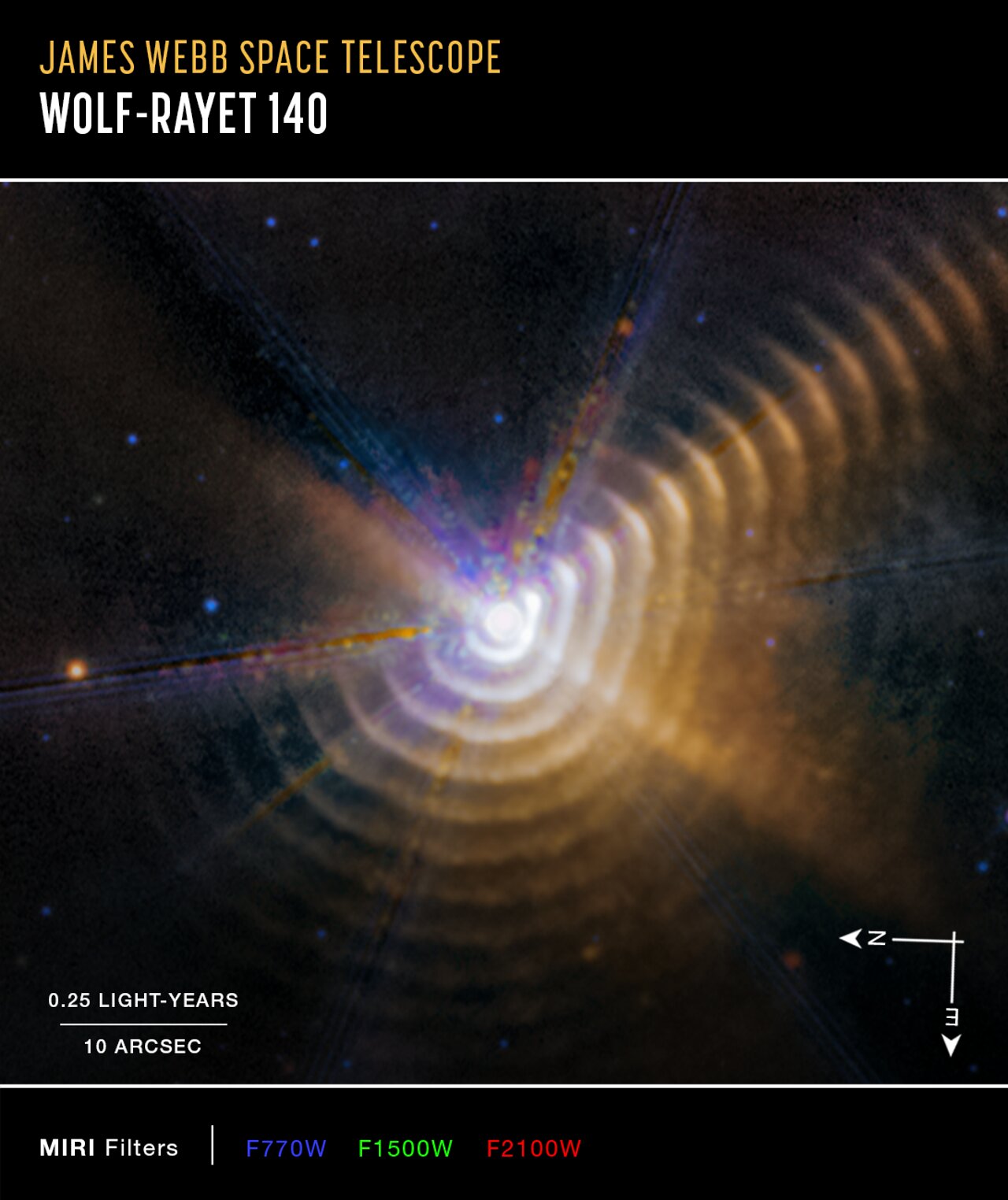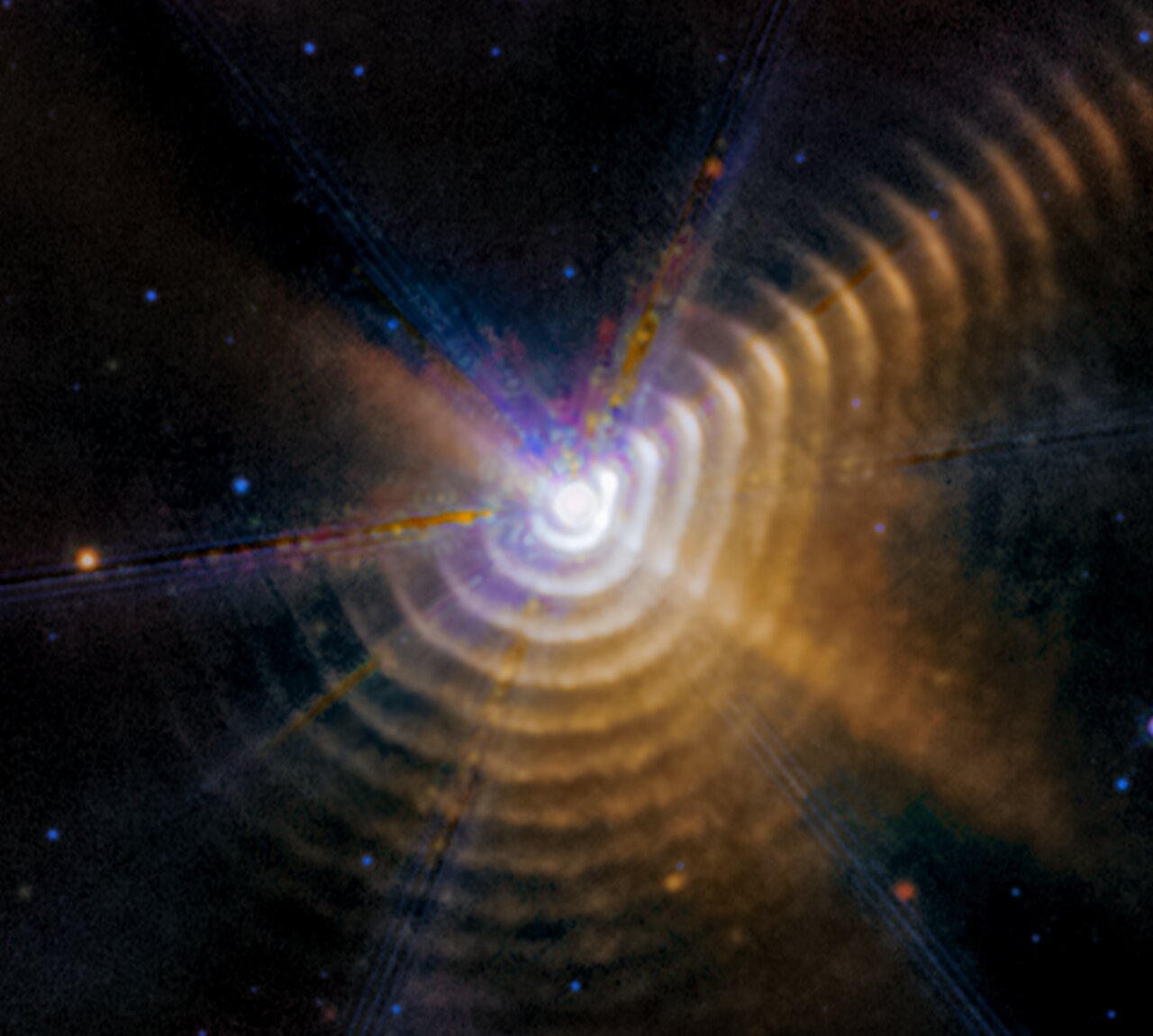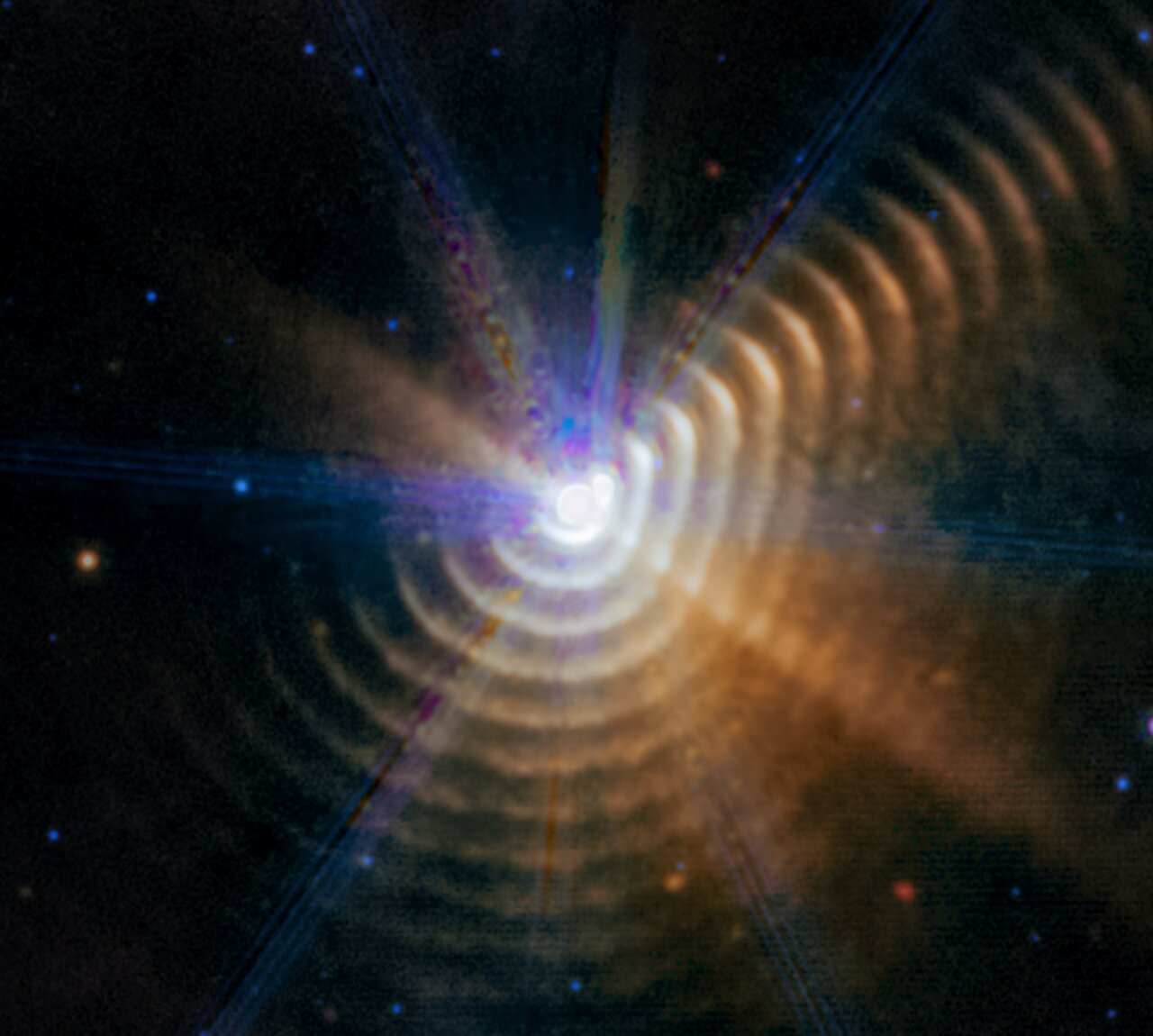Hubble traces hidden history of the Andromeda Galaxy
Panorama of nearest galaxy unveils hundreds of millions of stars
The largest photomosaic of the Andromeda galaxy, assembled from NASA/ESA Hubble Space Telescope observations, has been unveiled. It took more than 10 years to collect data for this colorful portrait of our neighboring galaxy and was created from more than 600 snapshots. This stunning, colorful mosaic captures the glow of 200 million stars, and is spread across roughly 2.5 billion pixels.
In the years following the launch of the NASA/ESA Hubble Space Telescope, astronomers have tallied over 1 trillion galaxies in the universe. But only one galaxy stands out as the most important nearby stellar island to our Milky Way: the magnificent Andromeda galaxy (Messier 31). It can be seen with the naked eye on a very clear autumn night as a faint cigar-shaped object roughly the apparent angular diameter of our Moon.
A century ago, Edwin Hubble first established that this so-called “spiral nebula” was actually far outside our own Milky Way galaxy — at a distance of approximately 2.5 million light-years, or roughly 25 Milky Way diameters. Prior to that, astronomers had long thought that the Milky Way encompassed the entire universe. Overnight, Hubble’s discovery turned cosmology upside down by unveiling an infinitely grander universe.
Now, a century later, the space telescope named for Hubble has accomplished the most comprehensive survey of this enticing empire of stars. The Hubble telescope is yielding new clues to the evolutionary history of Andromeda, and it looks markedly different from the Milky Way’s history.
Without Andromeda as a proxy for spiral galaxies in the universe at large, astronomers would know much less about the structure and evolution of our own Milky Way. That’s because we are embedded inside the Milky Way.
Hubble’s sharp imaging capabilities can resolve more than 200 million stars in the Andromeda galaxy, detecting only stars brighter than our Sun. They look like grains of sand across the beach. But that’s just the tip of the iceberg. Andromeda’s total population is estimated to be 1 trillion stars, with many less massive stars falling below Hubble’s sensitivity limit.
Photographing Andromeda was a herculean task because the galaxy is a much bigger target on the sky than the galaxies Hubble routinely observes, which are often billions of light-years away. The full mosaic was carried out under two Hubble observing programs. In total it required over 1,000 Hubble orbits, spanning more than a decade.

Interesting regions include:
Clusters of bright blue stars embedded within the galaxy, background galaxies seen much farther away, and photo-bombing by a couple bright foreground stars that are actually inside our Milky Way;
NGC 206 the most conspicuous star cloud in Andromeda;
A young cluster of blue newborn stars;
The satellite galaxy M32, that may be the residual core of a galaxy that once collided with Andromeda;
Dark dust lanes across myriad stars.
Credit: NASA, ESA, B. Williams (U. of Washington)
This panorama started with the Panchromatic Hubble Andromeda Treasury (PHAT) program about a decade ago. Images were obtained at near-ultraviolet, visible, and near-infrared wavelengths using the Advanced Camera for Surveys and the Wide Field Camera aboard Hubble to photograph the northern half of Andromeda.
This program was followed up by the Panchromatic Hubble Andromeda Southern Treasury (PHAST), which added images of approximately 100 million stars in the southern half of Andromeda. This region is structurally unique and more sensitive to the galaxy’s merger history than the northern disk mapped by the PHAT survey.
The combined programs collectively cover the entire disk of Andromeda, which is seen almost edge-on — tilted by 77 degrees relative to Earth’s view. The galaxy is so large that the mosaic is assembled from approximately 600 separate fields of view. The mosaic image is made up of at least 2.5 billion pixels.
The complementary Hubble survey programs provide information about the age, heavy-element abundance and stellar masses inside Andromeda. This will allow astronomers to distinguish between competing scenarios where Andromeda merged with one or more galaxies. Hubble’s detailed measurements constrain models of Andromeda’s merger history and disk evolution.
Though the Milky Way and Andromeda formed presumably around the same time many billions of years ago, observational evidence shows that they have very different evolutionary histories, despite growing up in the same cosmological neighborhood. Andromeda seems to be more highly populated with younger stars and unusual features like coherent streams of stars, say researchers. This implies it has a more active recent star-formation and interaction history than the Milky Way.
A possible culprit is the compact satellite galaxy Messier 32, which resembles the stripped-down core of a once-spiral galaxy that may have interacted with Andromeda in the past. Computer simulations suggest that when a close encounter with another galaxy uses up all the available interstellar gas, star formation subsides.
Hubble’s new findings will support future observations by the NASA/ESA/CSA James Webb Space Telescope.

Credit: NASA, ESA, B. Williams (University of Washington)
Press release from ESA Hubble






































